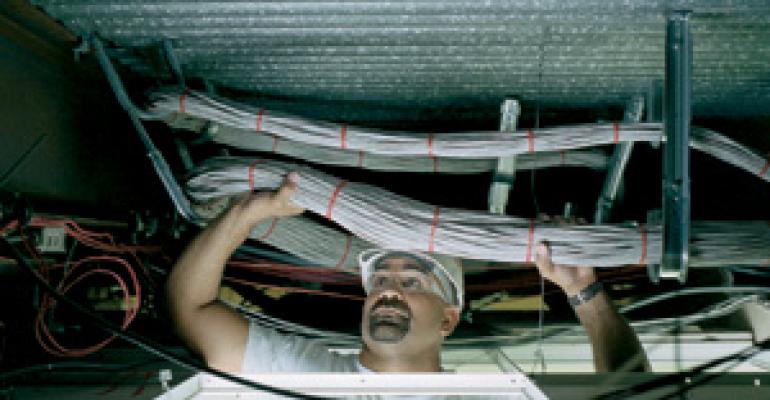
The unseen Information Technology Infrastructure:
Just as the major physical parts of our Nation’s infrastructure need to be repaired or replaced, this is also true for our technological infrastructure.
For many, our Nation’s Municipal Information Technology (IT) Infrastructure has been an afterthought, if considered at all. County, city, and town municipalities tend to be carefully run and are notoriously slow adopters of technology. Nonetheless, as IT solutions have proved successful and stable, they have grown to become an integral part in the operation of every state and municipality.
IT solutions help municipalities be more efficient. These solutions have allowed for more services and capabilities to be provided to citizens, and have helped municipalities scale and keep up with the ever-growing demands we place upon them. Regardless of whether or not we recognize it, we all depend on these solutions and systems today.
Municipalities, primarily counties, are responsible for a whole host of things. We may not always be aware of these responsibilities or appreciate their importance and consider the consequential nature of some of these tasks. Counties handle various major things that affect us all in one way or another; one example is property taxes. They often assess the value of residential and commercial property as well as assess and collect the property taxes
Municipalities handle everything from mundane things like your local traffic tickets, animal control, and trash collection to more serious areas such as Municipal Courts and their associated rulings and case details. These same organizations are often responsible for managing voter registration, voter ballots, voter polling locations and the vote tallies/ counts. This is an especially sensitive topic, in light of the upcoming election.
Beyond all of the above, some municipalities also provide one or all of the local utilities, such as Electrical services, Water services, and Gas services. IT solutions are used throughout these services to provide for and track supply levels, customer demand, and distribution. IT is used in monitoring for problems, documenting the underground and wire-line networks, and ensuring services are not accidentally disrupted due to construction, as well as supporting the general operation of each service. And lastly, the time-consuming back-office work such as customer management and billing is made simpler and more efficient thanks to the implementation of IT solutions.
For so many parts of our countries infrastructure we have enjoyed what I call security through obscurity. Things have remained secure because most people are unaware of those things and the value they may hold, represent or protect.
